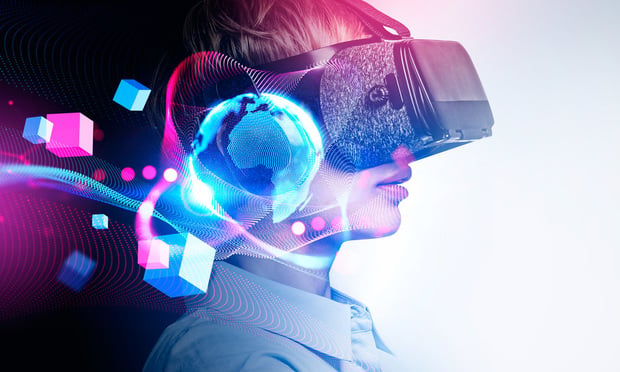 Virtual reality therapy helped 69% of injured workers in a study either decrease opioid use or drop them completely, according to Harvard Medtech. (Credit: denisismagilov/Adobe Stock)
Virtual reality therapy helped 69% of injured workers in a study either decrease opioid use or drop them completely, according to Harvard Medtech. (Credit: denisismagilov/Adobe Stock)
Virtual reality has long been touted as the next big thing in video gaming and social networking, but the history of VR is littered with ideas that failed to gain traction from Nintendo's crimson-everything Virtual Boy console to the reportedly abrupt end to Meta's namesake Metaverse project.
Recommended For You
Want to continue reading?
Become a Free PropertyCasualty360 Digital Reader
Your access to unlimited PropertyCasualty360 content isn’t changing.
Once you are an ALM digital member, you’ll receive:
- Breaking insurance news and analysis, on-site and via our newsletters and custom alerts
- Weekly Insurance Speak podcast featuring exclusive interviews with industry leaders
- Educational webcasts, white papers, and ebooks from industry thought leaders
- Critical converage of the employee benefits and financial advisory markets on our other ALM sites, BenefitsPRO and ThinkAdvisor
Already have an account? Sign In Now
© 2025 ALM Global, LLC, All Rights Reserved. Request academic re-use from www.copyright.com. All other uses, submit a request to [email protected]. For more information visit Asset & Logo Licensing.








